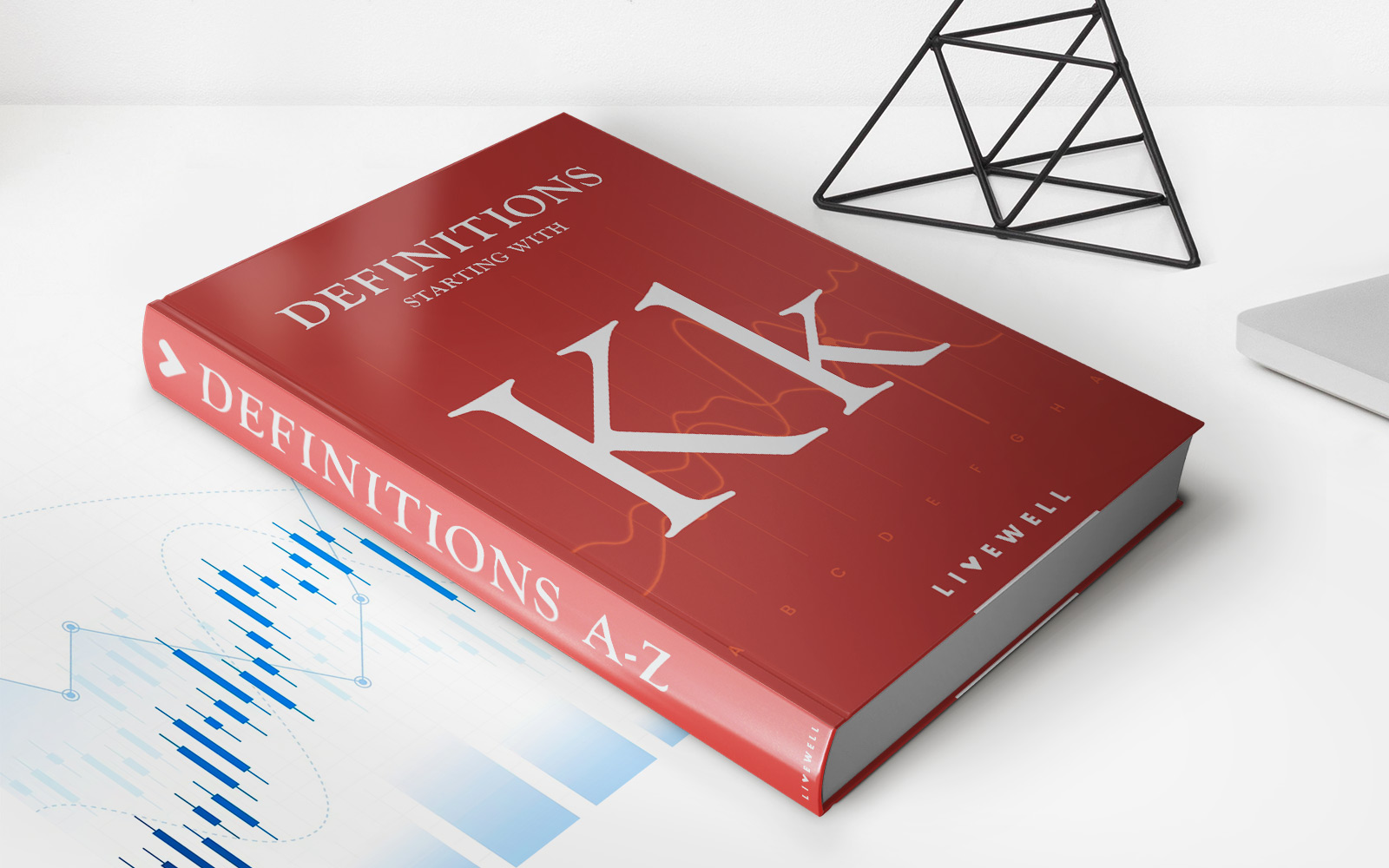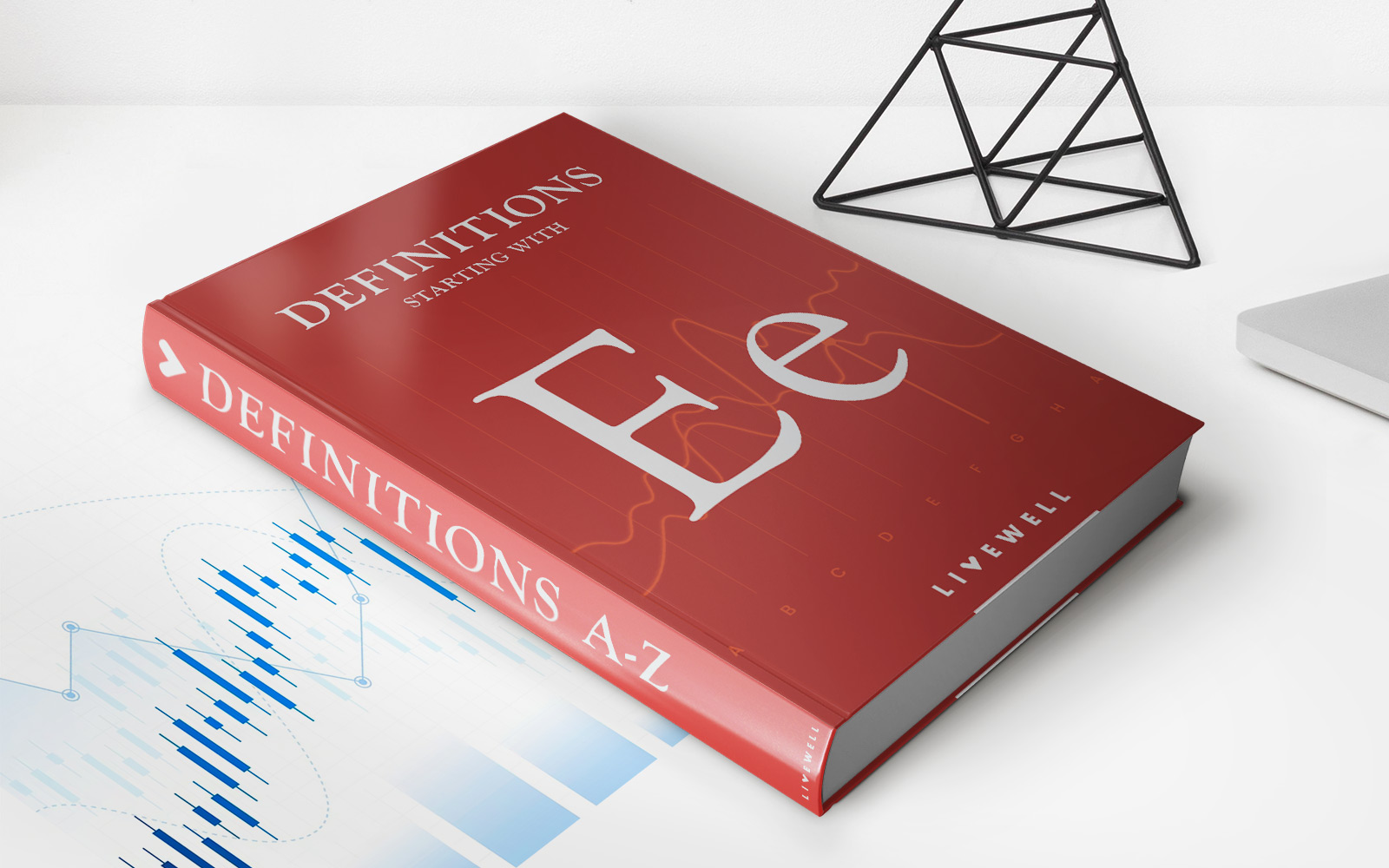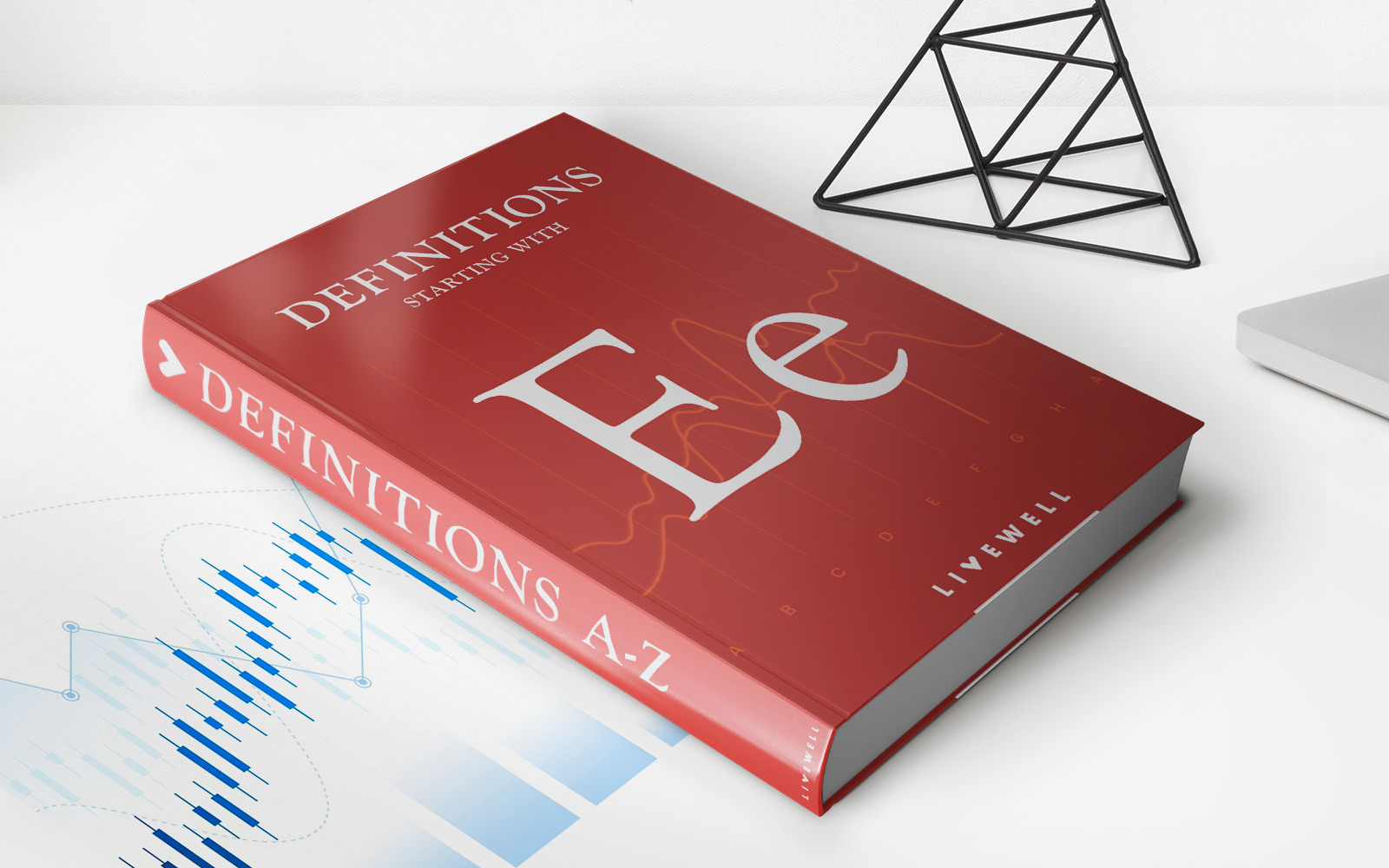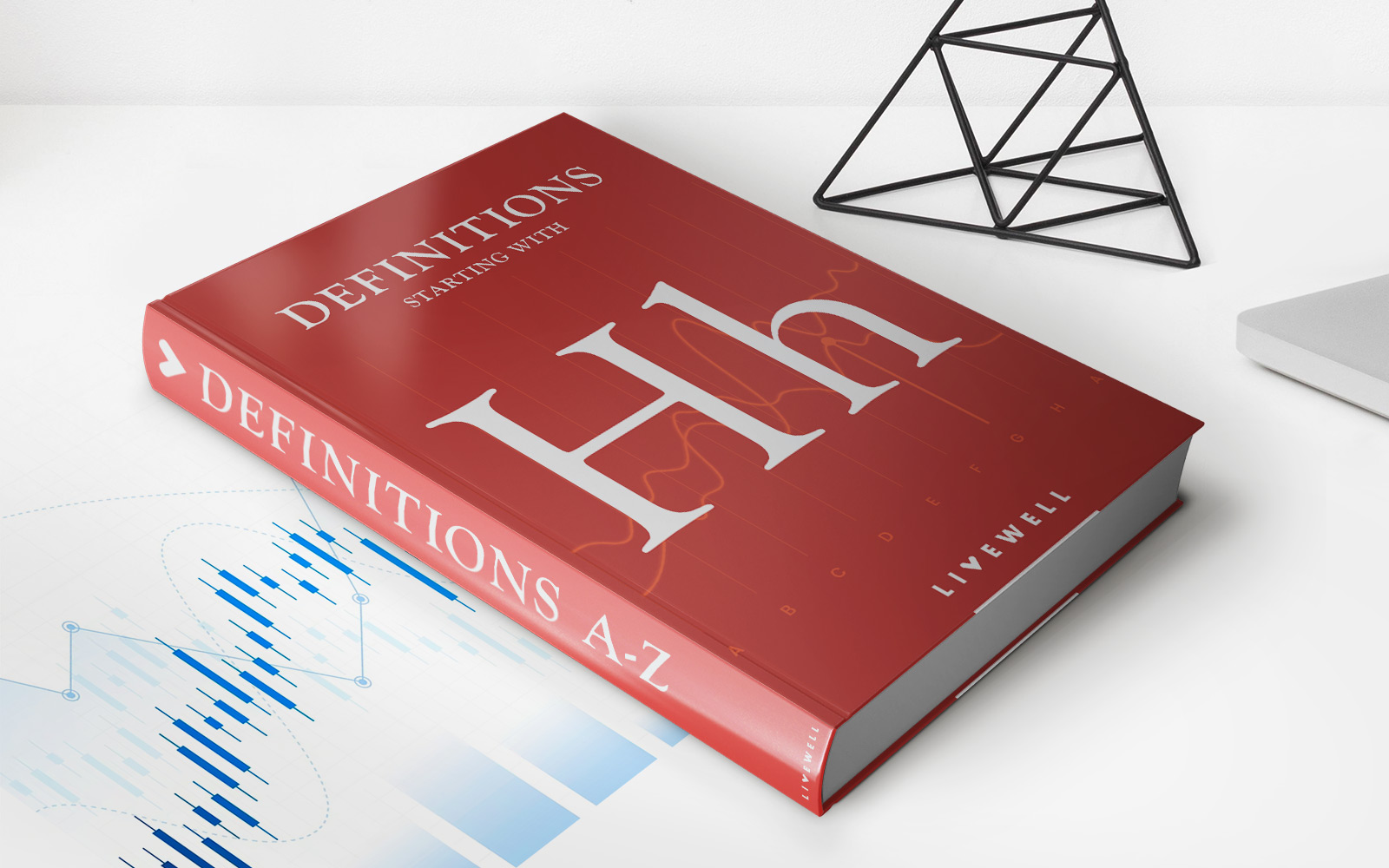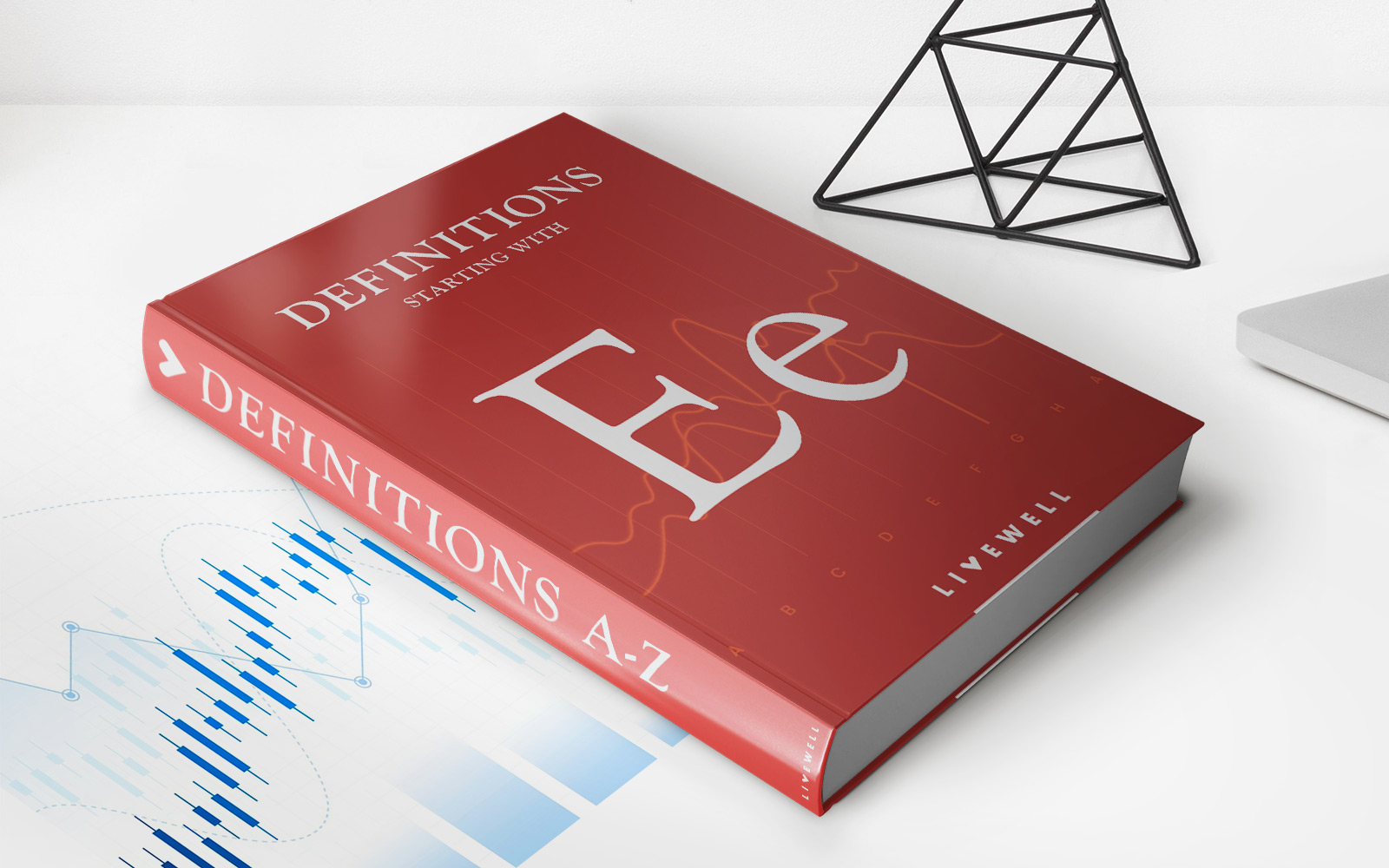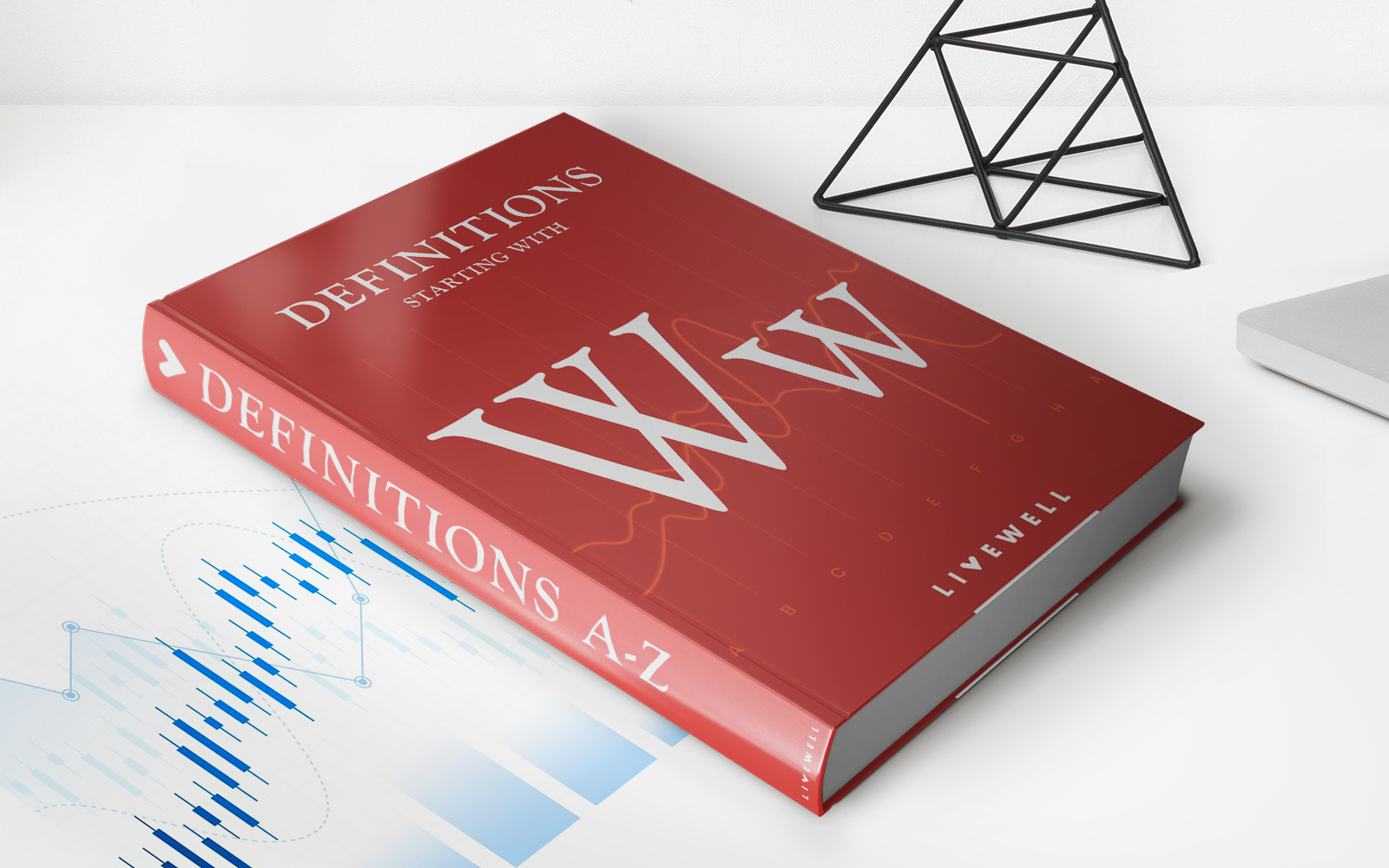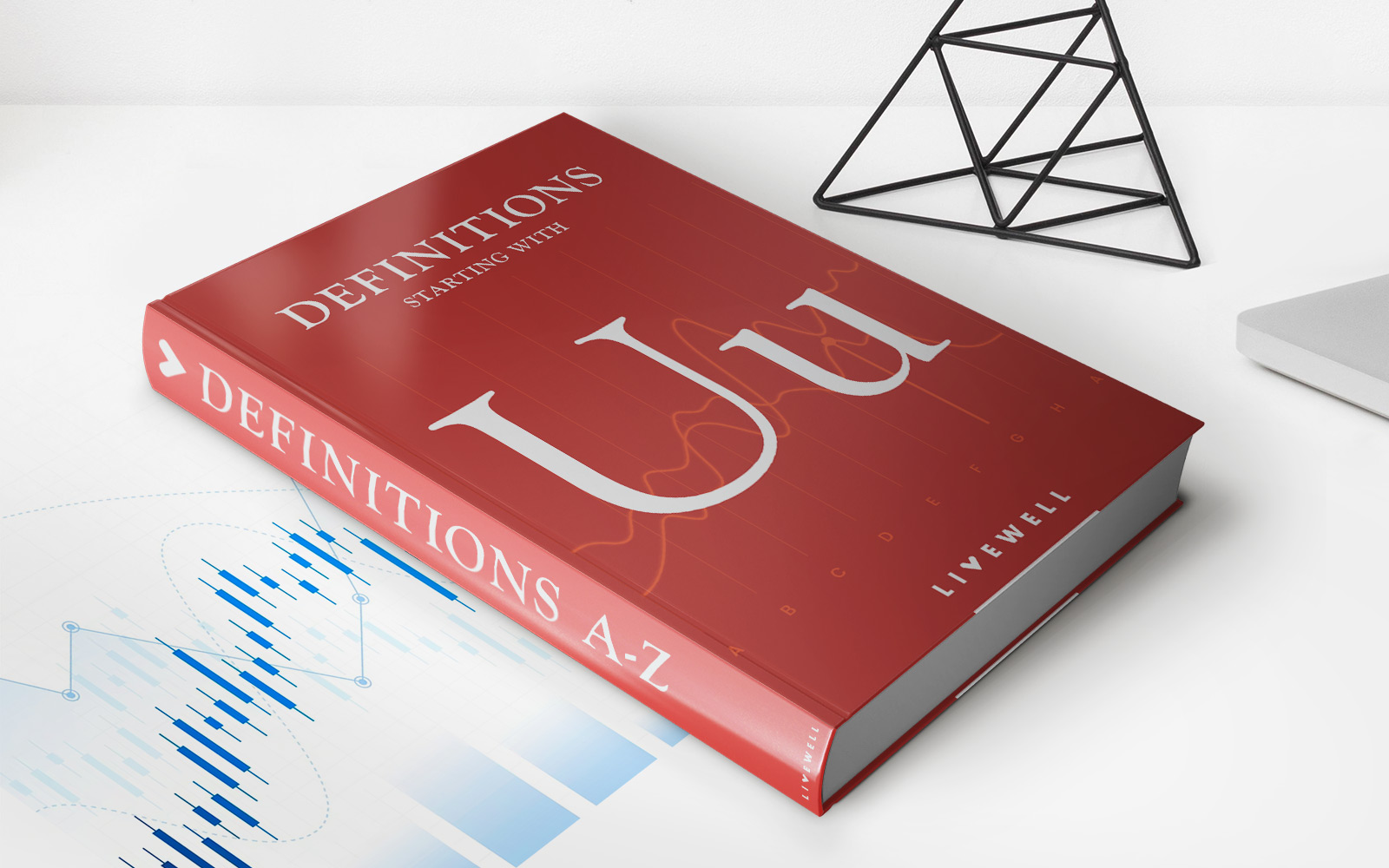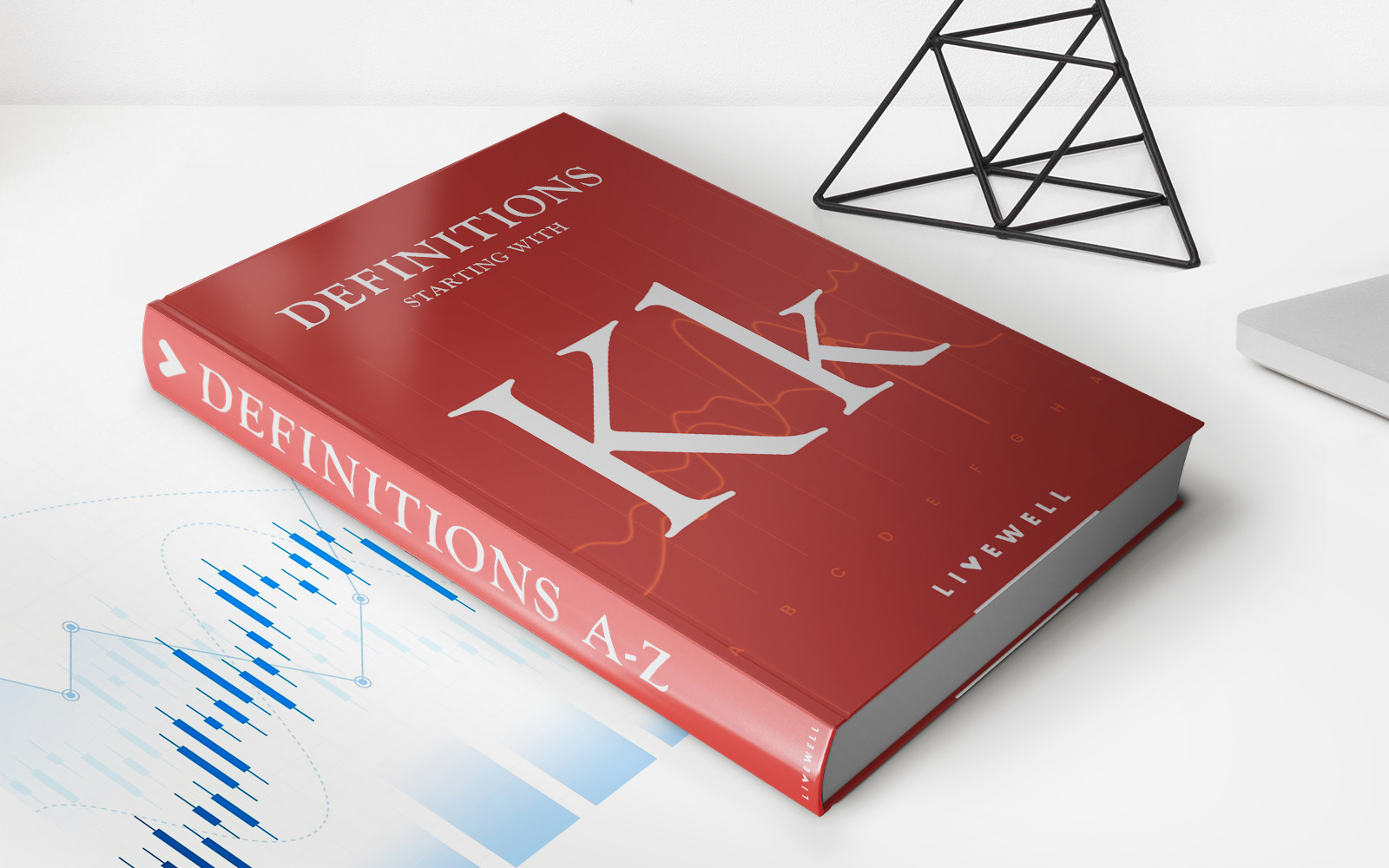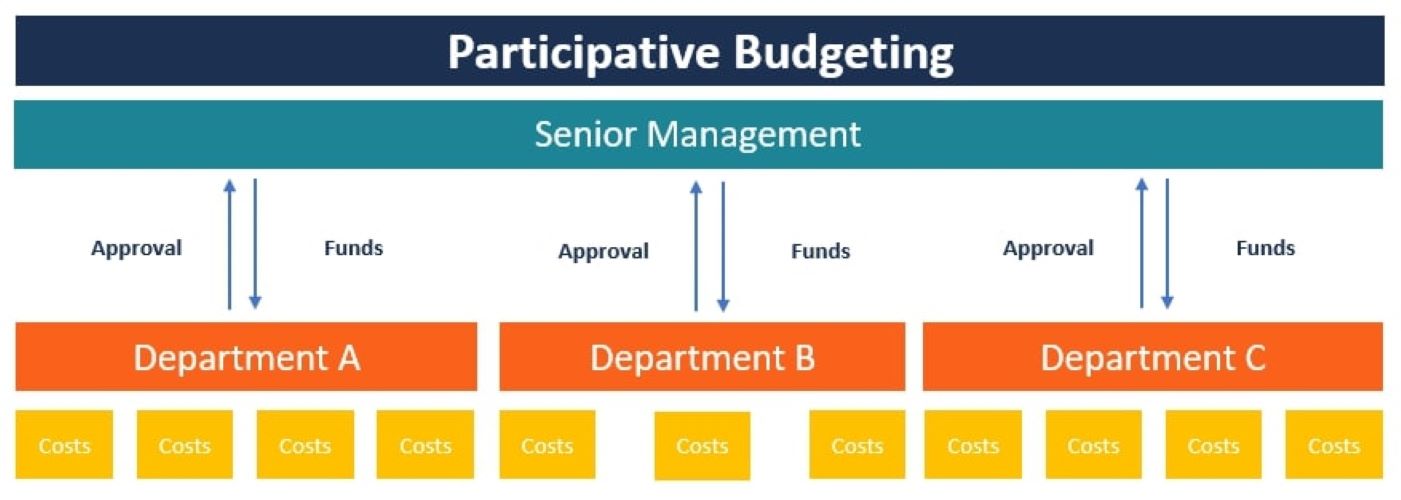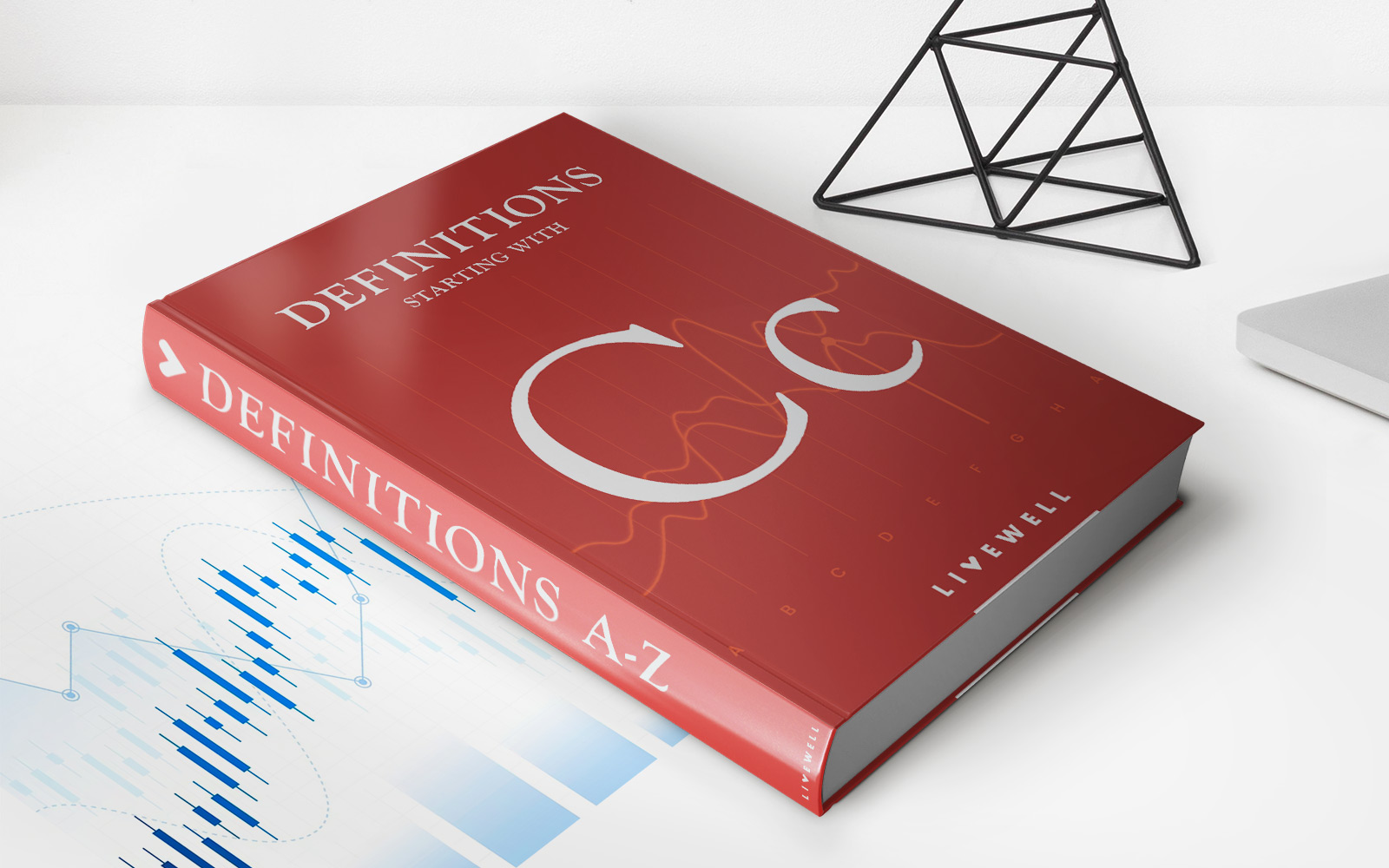Home>Finance>Depression In The Economy: Definition And Example
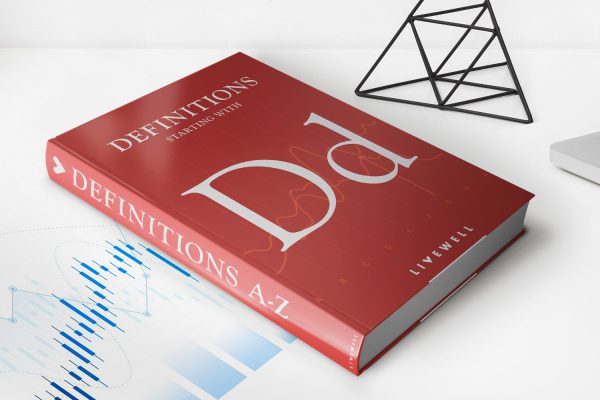

Finance
Depression In The Economy: Definition And Example
Published: November 11, 2023
Learn the definition and example of depression in the economy and its impact on finance. Understand how financial markets are affected by economic downturns.
(Many of the links in this article redirect to a specific reviewed product. Your purchase of these products through affiliate links helps to generate commission for LiveWell, at no extra cost. Learn more)
Depression in the Economy: Definition and Example
Are you wondering what exactly depression in the economy means? In this blog post, we will explore the definition of depression in the context of the economy, provide an example, and shed light on how it impacts individuals and businesses alike.
Key Takeaways:
- Depression in the economy refers to a severe and prolonged economic downturn characterized by a significant decline in economic activity, high unemployment rates, and reduced consumer spending.
- One example of a depression in the economy is the Great Depression of the 1930s, which lasted for nearly a decade and had a profound impact on the global economy.
Understanding Depression in the Economy
Depression in the economy is not the same as the feeling of sadness or despair that individuals experience. It is a term used to describe a severe and prolonged economic downturn in countries or regions, primarily characterized by a decline in economic activity, high unemployment rates, and reduced consumer spending.
During an economic depression, businesses struggle to stay afloat, and individuals face significant challenges, including job losses, wage cuts, and financial insecurity. The impact of a depression can be felt on various levels, from local communities to global markets.
Let’s explore an example of a depression in the economy to better grasp its consequences and implications.
An Example: The Great Depression of the 1930s
The Great Depression, which occurred between 1929 and 1939, is one of the most prominent examples of an economic depression. It originated in the United States but spread worldwide, affecting countries far beyond its borders.
During the Great Depression, the stock market crashed, leading to a massive loss of wealth for individuals and businesses. Unemployment rates soared, hitting a staggering 25% in the United States. Banks failed, and people’s savings evaporated overnight.
The impact of the Great Depression was far-reaching, not only economically but also socially and politically. It led to widespread poverty, homelessness, and a decline in overall living standards. Governments implemented various measures to combat the crisis, including increased regulation and the introduction of social welfare programs.
The Impact of Depression in the Economy
Depression in the economy has wide-ranging consequences that affect both individuals and businesses. Here are some key impacts:
- High unemployment rates: During an economic depression, businesses struggle to maintain their operations and often resort to downsizing or even closing down, leading to job losses. This can create widespread unemployment and financial hardship for individuals.
- Decline in consumer spending: When people face economic uncertainty, they tend to cut back on discretionary spending. Reduced consumer spending has a cascading effect on businesses, affecting their sales and profitability.
- Financial instability: A depression in the economy can lead to increased financial instability. Stock markets can crash, banks can fail, and individuals may experience a loss of wealth and savings.
- Social and political unrest: Economic depressions often lead to social and political unrest as people confront financial hardships and inequality. Governments may face pressure to introduce reforms and measures to mitigate the crisis and its consequences.
It’s important to note that while economic depressions can have devastating effects, economies also have the potential to recover and rebuild over time. Government interventions, fiscal policies, and global cooperation play crucial roles in navigating and recovering from a depression.
In Conclusion
Depression in the economy refers to a severe and prolonged economic downturn characterized by a decline in economic activity, high unemployment rates, and reduced consumer spending. The Great Depression of the 1930s serves as a significant example of an economic depression, leaving a lasting impact on the global economy.
Understanding the definition and examples of depression in the economy is important to comprehend its impact on individuals, businesses, and society as a whole. By learning from historical events and analyzing the causes and effects of economic depressions, we can strive towards building more resilient and stable economies for the future.
